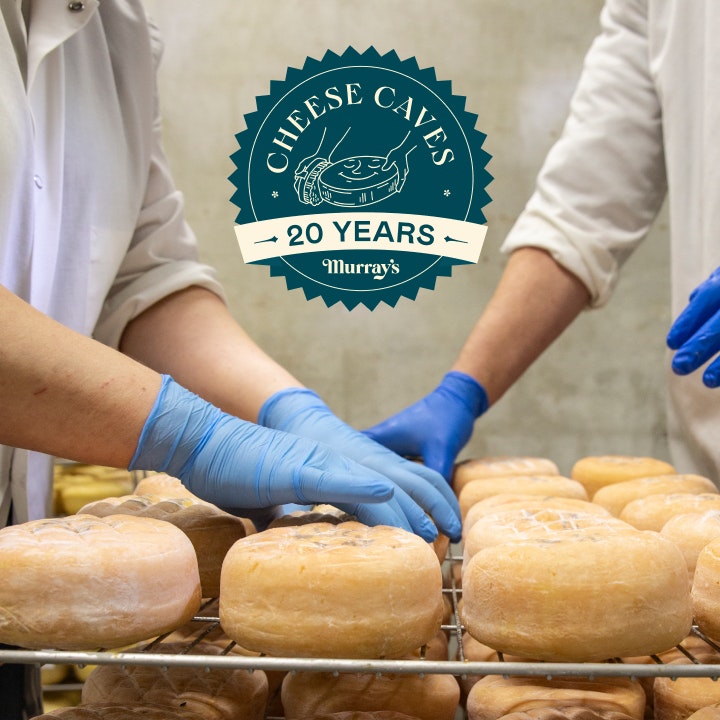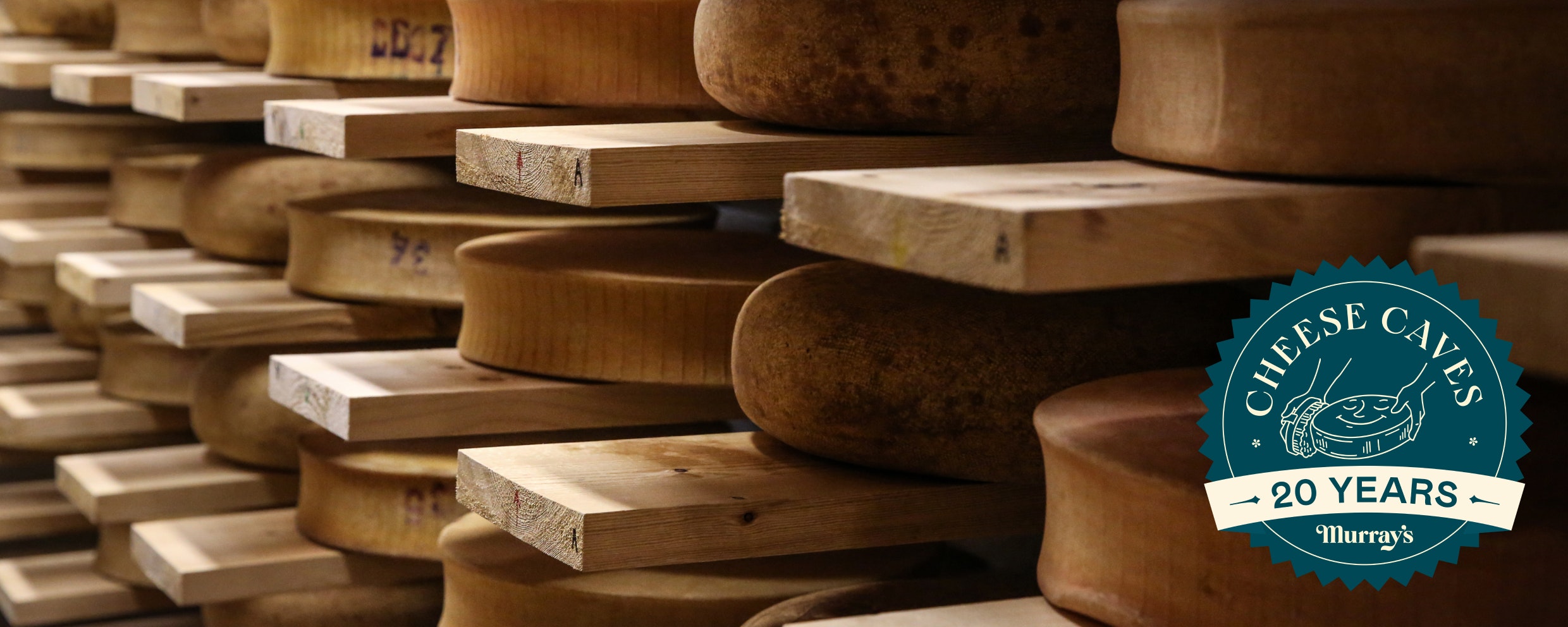The Murray’s Cheese Caves
Murray’s Cheese Caves provide the ideal environment for cheeses to ripen to perfection, just as cheese caves have done for centuries. Within each of our four caves, our team of experts matures one-of-a-kind cheeses. Whether the resulting Cave Aged cheese is gooey or firm, nutty or funky, it’s guaranteed to be uniquely delicious.
Shop Murray's Cave AgedWe're celebrating 20 years of tradition, innovation, collaboration, and expertise. Stay tuned throughout 2024 to see what we're aging up for you!
From flipping and washing wheels to dreaming up delicious experiments, our expert affineurs honor the timeless tradition of cheese aging by crafting unique, best-in-class products.
Our team operates four cheese caves, crafting a unique array of cheeses. Each cave requires its own environment and activity to produce one-of-a-kind products, from large Alpine-style wheels to delicate bloomy rinds to funky washed rinds to earthy natural rinds. Whether they’re flipped, washed, or patted, Murray’s Cave Aged cheeses are treated with the utmost care.
Award Winners from The Caves
shop allMeet Our Affineurs
Meet the people behind the rind! Murray's affineurs bring expertise and innovation to our cheese caves, whether they’re dreaming up new cheeses or crafting Cave Aged favorites.

